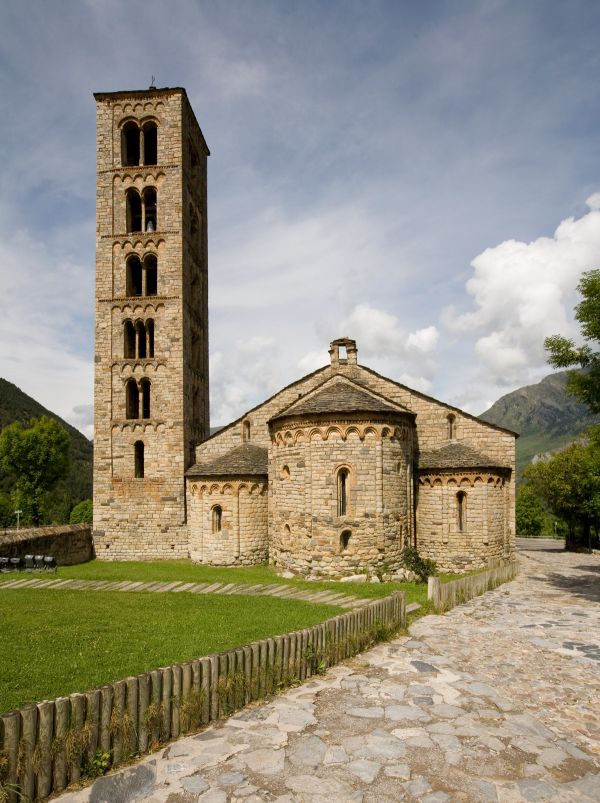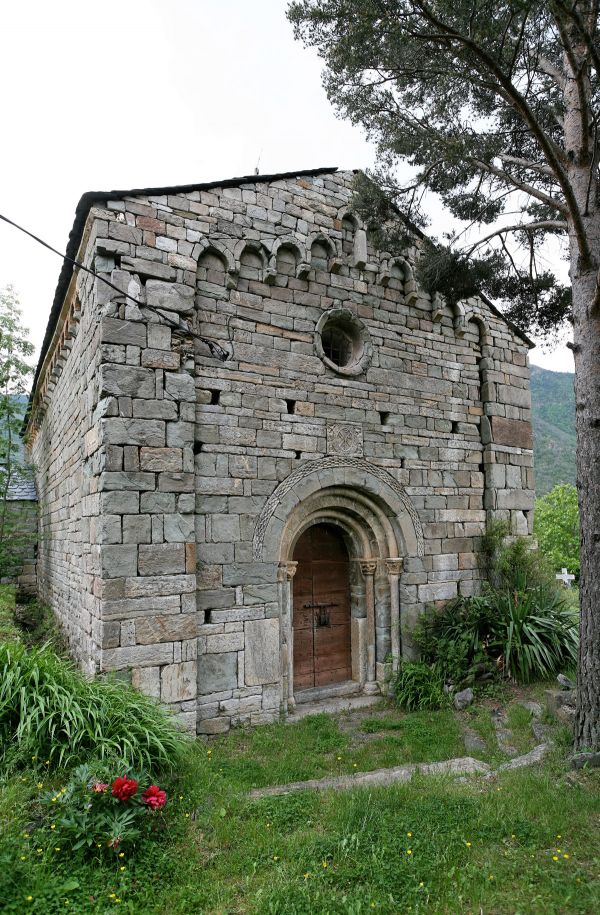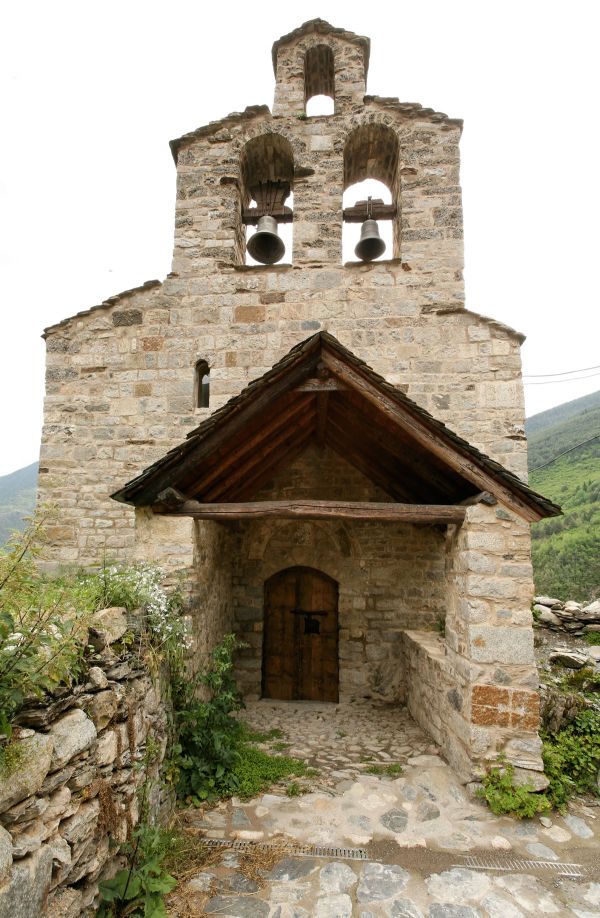The
privileged landscapes of the
Boí Valley make the perfect counterpoint to ancient architecture, genuine and simplistically beautiful. The proposed route crosses one of the most
celebrated groups of the European Romanesque style. Right next to the
National Park of Aigüestortes and the Lake of Sant Maurici one will find the
Lombard Romanesque style of the Boí Valley. And heading a bit farther north, one can uncover the later styles of the Aran Valley.
NINE CURCHES, WORLD HERITAGE SITESSanta Maria of Taüll and, above all, Sant Climent, are the outstanding icons of the Romanesque style in the Boí Valley. However, there are nine churches in total that
UNESCO declared as
World Heritage Sites in the year 2000.
Beginning the route in the south, you will find good examples of mountain Romanesque styles, like the
Assumption of the Coll and
Santa Maria of Cardet,
Sant Feliu of Barruera, the
Nativity of Durro or the hermitage of
Sant Quirc. All of them are reduced in size, collected and with discrete openings that allow in little light. They were spiritual sanctuaries erected in a valley that, during part of the Middle Ages, was an important population centre under the domain of the lords of Erill.
Continuing along the route brings you closer to the epicentre of Romanesque style in the Boí Valley. From the church of
Santa Eulàlia de Erill la Vall you can admire the entrance way, though its valuable sculptural group -
the Descent of Erill- is currently found split between Vic and Barcelona.
In the church of
Sant Joan of Boi one can study the reproduction of the spectacular mural paintings that completely decorate the space, with the scene depicting the stoning of Sant Esteve as one of the most celebrated.
Sant Climent of Taüll, for its part, undoubtedly marks the skyline of the Boí Valley, with its narrow six-floor bell tower. Inside is the lauded reproduction of the
Pantocrator, a figure that continues to impress nine centuries after it was painted by the master of Taüll.
Additionally, in the centre of Taüll you find
Sant Maria, where one can enter the bell tower and appreciate the remains of the painting that decorated the temple's exterior. Inside is the reproduction of
Maiestas Mariae that decorates the apse.
SCULPTURAL MASTERPIECES OF THE ARAN VALLEYA river that empties into the Atlantic, a name of Basque origin and three official languages; the peculiarities of the Aran Valley, however, don't end here. In Viella there is one of the master pieces of Romanesque sculpture: the
Christ of Mijaran found in the church of
Sant Miquèu de Vielha. Right nearby is another great work: the
Christ of Escunhau in the
Musèu dera Val d’Aran (Museum of the Aran Valley).
We can't leave without seeing
Sant Eulària d'Unha, the only one of the churches that contains remnants of original Romanesque mural paintings in the central apse. And if one still wants more... visit the unique
Mair de Diu dera Purificacion de Bossòst, the
church of Sant Andreu de Salardú or the church of
Santa Maria de Cap d’Aran, in Tredòs.
Have we managed to inspire you? If you have any other interesting suggestions please send them to us on Facebook or publish your photos on Instagram with the hashtag #patrimonicultural. 

